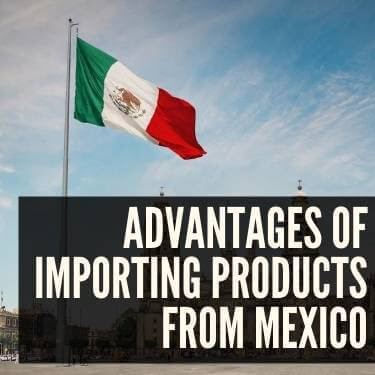You may have heard that NAFTA (North American Free Trade Agreement) as we know it, is no more. NAFTA was a very big deal for a long time. Between 1993 and 2013, the total value of agricultural trade between the United States, Mexico, and Canada grew 233% (accounting for inflation) from USD16.7 billion to USD82 billion.
In June 2020, NAFTA was done away with and replaced with the less catchy United States-Mexico-Canada Agreement (USMCA). The USMCA contains updated policies and procedures necessary to ensure continued agricultural sector growth in all three countries. It is meant to be a mutually beneficial partnership and a win for North American farmers, ranchers and businesses. If utilized properly, the USMCA can not only solve some key lingering trade issues but also expand on the successes achieved under NAFTA. This trade agreement eliminates many common barriers to trade and enhances the relationship between the U.S. and Mexico by:
- Creating a more level playing field for American workers, including improved rules of origin for automobiles, trucks, other products, and disciplines on currency manipulation.
- Benefiting American farmers, ranchers, and agribusinesses by modernizing and strengthening food and agriculture trade in North America.
- Supporting a 21st Century economy through new protections for U.S. intellectual property, and ensuring opportunities for trade in U.S. services.
- New chapters covering Digital Trade, Anti Corruption, and Good Regulatory Practices, as well as a chapter devoted to ensuring that Small and Medium Sized Enterprises benefit from the Agreement.
What does it mean for importing into the USA from Mexico?
What it means for day-to-day imports and exports is something of a work in progress/trial and error process, even 2 years in. The different political structures (and strife) with the USA and Mexico have meant that the processes and adoption have been slower and bumpier for importers on both sides of the US/Mexico border.
Mexican export laws – what has changed since NAFTA?
Agriculture producers stand to gain the most from USCMA, but consumers in the US also benefit with increased access to cheaper and higher quality fruits and vegetables The increase in availability and decrease in price of fruit and vegetables under NAFTA contributed to an 11% increase in total per capita consumption of vegetables in the US, according to the International Food Policy Research Institute.
As an exporter from Mexico to the US, or, an importer into the US from Mexico, greater trade opportunities exist for food importing. The environment is a winner, no matter what country you’re from as the agreement requires each country to adopt, maintain and implement 7 multilateral environmental agreements and requires a customs verification mechanism between the U.S. and Mexico to combat the illegal trade of flora, fauna, fish and forestry items.
Cheaper import fees (for the most part)
When it comes to imports from Mexico to the US, there are no import duties on nearly all products. Some products still have an import duty, but at a reduced USCMA rate that’s still lower than it would be when imported from other countries.
Faster turnaround
Typically, the closer the country you’re importing from, the quicker the turnaround times are for processing. Place of origin impacts the viability of trade partnerships, and regulations also vary accordingly. But, the geographical closeness of Mexico to the USA makes it a preferred trading partner. So, there are reasons to celebrate the new trade agreement!
Positive Perception by Consumers
Consumers have been comfortable with NAFTA for a long time, and have been largely pleased with the continued ease for Mexican exports, being imported into the USA. Consumers like to believe they are supporting both local and neighboring economies, so when goods are labeled (accurately) as “Made In North America”, consumer confidence is higher, no matter what acronym the trade agreement has.
Stable Trade Relations
While trade with countries like China and Russia are under intense domestic and international scrutiny and strain, Mexico’s continued net-positive relationship with the USA makes it a stable, even preferred trade partner. This makes importing from Mexico into the USA easier and more advantageous.
In Sum
Trade relations between the USA and Mexico are still strong, and while there are some finer details about agriculture, jobs and biotech, for the most part, trade into the USA from Mexico is still advantageous versus countries outside of the USCMA. If you have any questions, our BorderBuddy experts are ready and willing to help, so please reach out to us at any time!
Image shared from USA Customs Clearance
